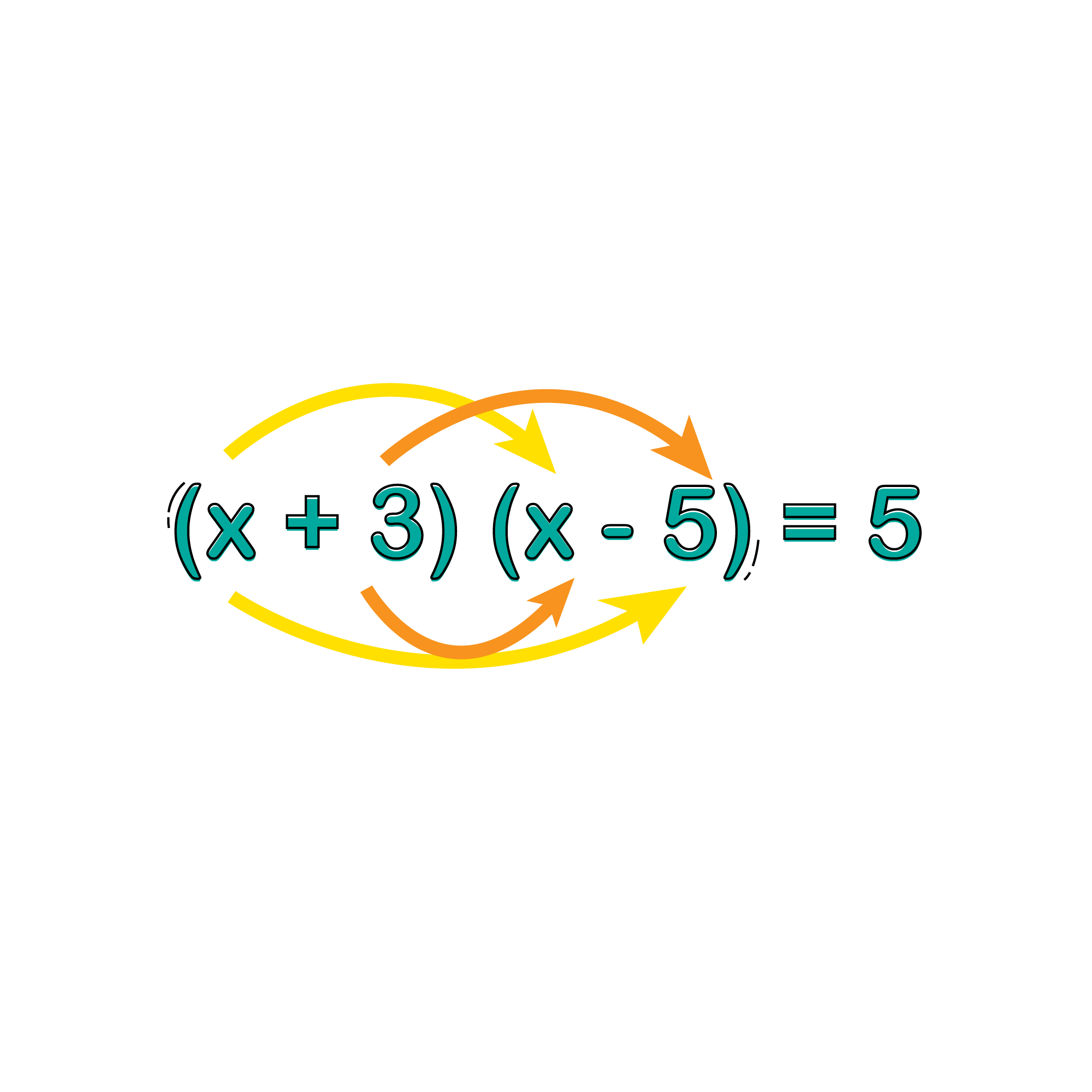
Modifiers
Modifiers are words, phrases or clauses used to describe something in a sentence. They are often tested on the ACT in the form of comma usage. The following are the rules that you need to remember about modifiers:
Rule 1: Keep it Close
Place the modifier as close as possible to the thing you’re describing.
Example: I dig holes for the tomato seeds that are six inches deep.
The modifier in this sentence “that are six inches deep” is placed right next to the tomato seeds, which makes it sound as if the tomato seeds are six inches deep! That doesn’t make sense. Tomato seeds can be buried deep, but they can’t be deep themselves.
The only thing that can be “six inches deep” in this sentence are the holes, so the modifier describes the holes. According to the keep it close rule, the modifying clause “that are six inches deep” should go next to “holes.”
Here’s our corrected sentence: I dig holes that are six inches deep for the tomato seeds.
Let’s look at another example: The circus has three clowns with the big red tent.
The phrase “with the big red tent” is the modifier, and it’s describing the circus. But right now, it looks like it’s describing the clowns, which doesn’t make sense!
So, the correct version is “The circus with the big red tent has three clowns.”
Let’s move on to our next rule.
Rule 2: Keep it Clear
Some modifiers can incorrectly apply to multiple nouns in the same sentence. Your goal is to make it clear which nouns are being described by the modifier.
The best way to do this is to keep the modifier far from things it doesn’t modify.
Yes, this is essentially the other side of Rule 1. But, if we want to keep a modifier close to the noun it modifies, we also want to keep it farther from any other nouns so the meaning of the sentence is clear.
Let’s look at an Example: We ate a burger at the diner with fries.
The phrase “with fries” is the modifier, and as written, the sentence could mean that either the burger came with fries or the diner came with fries. Which makes more sense? Definitely the burger coming with fries, unless when the owners bought the building from the city, the city also gave them a side of fries. So, we must move the modifier away from “the diner” and closer to the “burger.”
Correct: We ate a burger with fries at the diner.
Here’s another Example: We talked with leather seats about a car.
The phrase “with leather seats” is the modifier, and it could be saying either the car has leather seats or we have leather seats. Which makes more sense?
That the car has leather seats, unless we had an unfortunate accident where we stitched leather seats to ourselves. So “with leather seats” should go next to “car.”
Correct: We talked about a car with leather seats.
Rule 3: Know Your Commas
There is a certain type of modifying clause that we at AP Guru ask our students to pay special attention to, and it’s one the ACT likes to test relatively frequently.
When a modifier begins a sentence (and ends with a comma), the noun it modifies must be placed directly after the comma.
Example: Thinking about the day ahead, a branch on the sidewalk tripped me.
The phrase “Thinking about the day ahead” is the modifying clause - it starts the sentence and ends with the comma. This sentence places “a branch” right after the modifier, which makes it sound as if the branch was thinking about the day ahead! That doesn’t make sense.
Rather, “thinking about the day ahead” can only be describing one thing: the person in the sentence, “me.” “Me” doesn’t quite work in this construction, so we can change it to “I” and place it next to “Thinking about the day ahead.”
Correct: Thinking about the day ahead, I tripped on a branch on the sidewalk.
Now the sentence correctly states that “I” was thinking, not the branch!
The ACT loves this trick because so few students know about it. Once you start looking for this kind of error, you’ll see it all the time. It comes up constantly. Once you realize that this is wrong it’s incredibly easy to spot.
Example 1
Hurrying to get her things ready, the search for her laptop charger was nearly impossible for Clarissa.
A. No Change
B. it was almost ridiculous how long it took for Clarissa to find her laptop charger.
C. Clarissa’s laptop charger was impossible to find.
D. Clarissa frantically searched for her laptop charger.
Solution: You already know that the answer must start with “Clarissa” because she is the noun being modified. You know INSTANTLY that answers A, B, and C are all wrong. The correct answer is D.
But wait!!!! Doesn’t answer “C” start with “Clarissa” as well!? The answer is a loud NO. It starts with “Clarissa’s laptop charger!!!”
This is another trick the ACT uses to mess with your head: the possessive noun clause. A possessive noun clause looks like this:
Excited about the first game of the season, Javi’s hockey skates sat in the front hall, ready to be worn.
How to fix it: Make sure the thing a phrase modifies is actually in the sentence.
Correct: Excited about the first game of the season, Javi kept his hockey skates in the front hall, ready to be worn.
Remember: the noun being described, and not something the noun owns, must show up after the comma.




